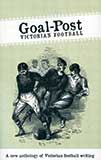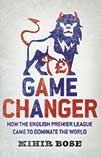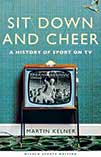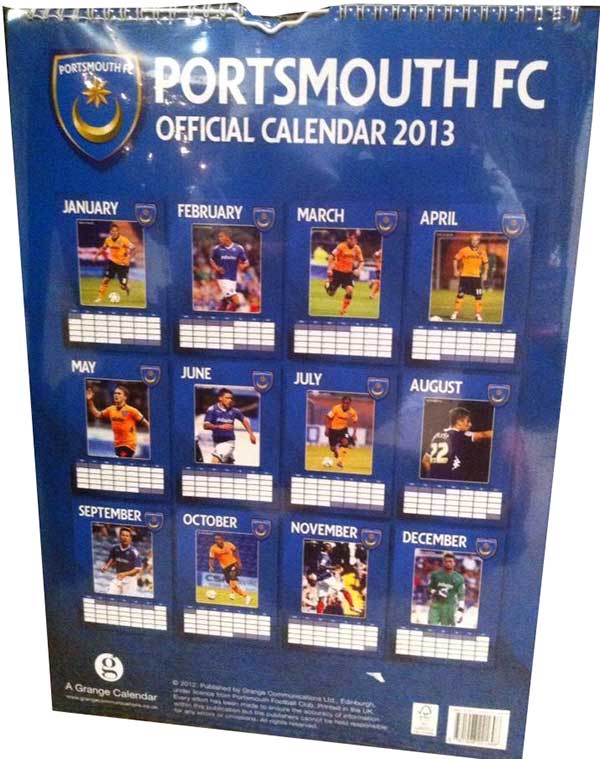 A new anthology of Victorian football writing
A new anthology of Victorian football writing
Edited by Paul Brown
Goal-Post, £8.99
Reviewed by Roger Titford
From WSC 311 January 2013
There has been a recent growth of interest in Victorian football, possibly because, as the editor here speculates, we “have grown weary of certain aspects of modern football [and] will no doubt find much to admire in the Victorian game”. November 2012 saw a restaging of the 1872 FA Cup final at The Oval, next year sees the 150th anniversary celebrations of the FA and there is excellent and revelatory work being done on the early club histories of, for example, Arsenal – as featured in WSC 300.
From the modern fan’s perspective 19th century accounts of football appear remarkable for their lack of analysis and self-awareness: plenty of hot scrimmages and backing-up but very little on how football became so popular so quickly and what it was about football that particularly engaged players and fans over other sports. This anthology of contemporary articles goes a short way to providing some of the answers.
It is not a history lesson but a “flavour” of football writing at the time. Still, it is odd to suggest that a piece from 1869 on how to make a football shares the same flavour as an 1898 interview on Tottenham’s business plan for the 20th century (which was well executed, as it happens). There is no obvious organising principle and if you want to sense the development of the game chronologically you have to do the page-finding yourself.
Of the 21 articles a few are well known: the foundation meeting of the FA, the first Scotland v England international match. The earliest article is from 1862 and the latest from 1900 but there are only three from 1872-82, the decade which was the most formative period in establishing the popularity of football. This was the one era where that old Shanklyism “there’s nothing new in football” would have failed. Paul Brown finds a number of later pieces that resonate with modern football concerns: the celebrity footballer tempted by the good life, a referee’s view of gamesmanship, Burnley falling out of the top division into “the dark”, and vulgar and abusive fans. There’s even a forerunner of the Respect campaign, “success to football, irrespective of class or creed”, in the form of an after-dinner toast, not pre-match banner.
One fascinating extract features a reporter travelling away with the team (think of Hunter Davies’s 1972 The Glory Game set in a Victorian railway carriage) and another gives a good impression of what it was like to be in the first ever floodlit crowd (Bramall Lane, 1878, unsafe). Brown’s intention is to make a series from this often beautifully written material and I look forward to seeing more of how much, and how little, football has changed since its first days.
 How the English Premier League came to dominate the world
How the English Premier League came to dominate the world A history of sport on TV
A history of sport on TV